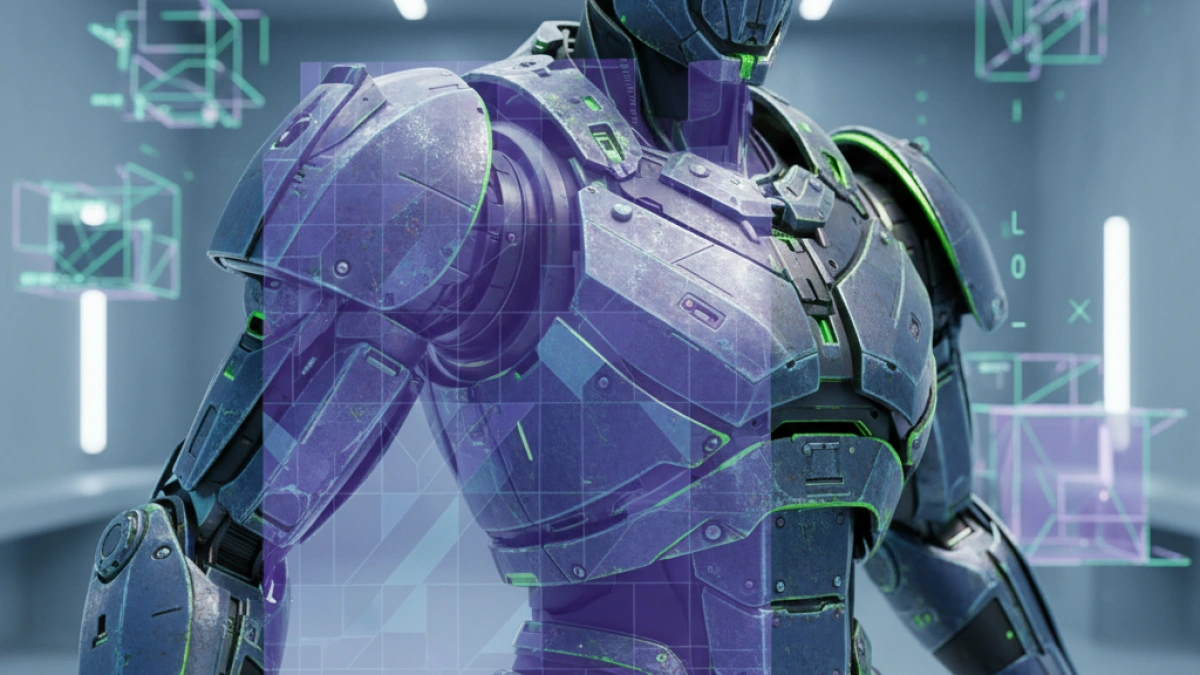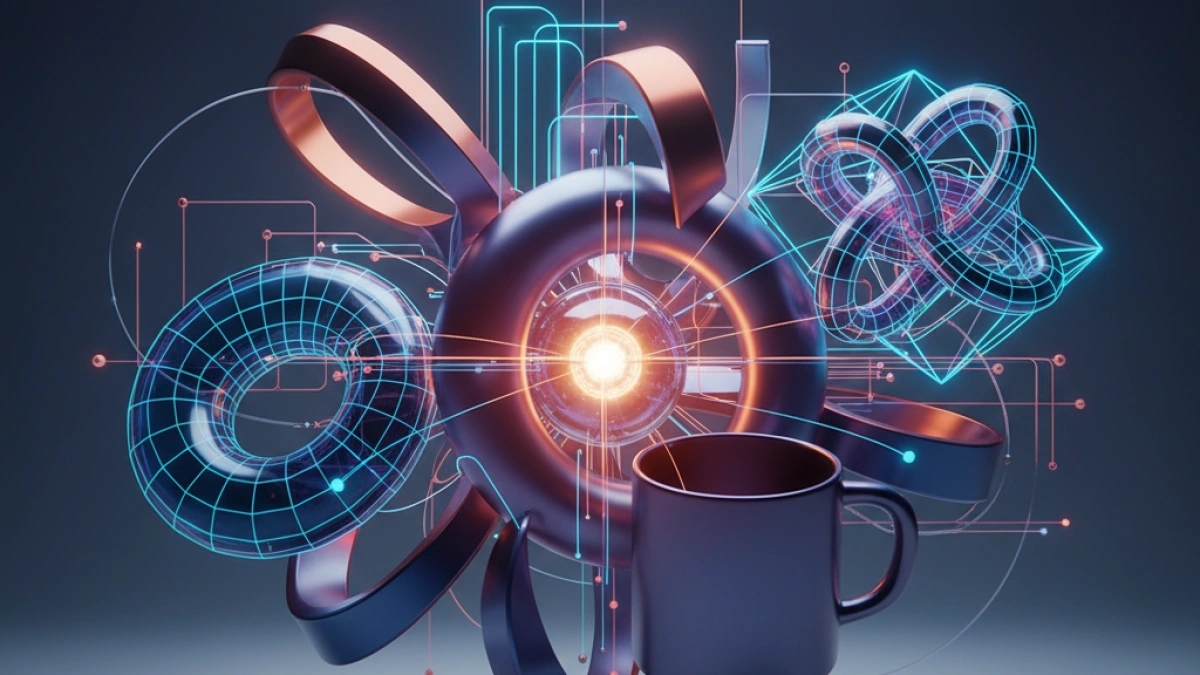What is a Normal Map texture?


Textures are fundamental in the world of graphic design, especially in the creation of 3D graphics and video games. Within this context, Normal Map textures have gained great importance. In this article, we will explore what Normal Map textures are, how they work, and their usefulness in the development of digital graphics.
What are Normal Map Textures?
Normal Map textures are a type of texture used to simulate complex details on surfaces of 3D models without increasing the number of polygons. These textures allow you to recreate the appearance of roughness and complexity of an object, adding depth and detail without sacrificing graphical performance.
How do Normal Map Textures work?
Normal Maps work by altering the surface of an object using normal vectors. While a conventional 2D texture modifies the color of the pixels on the surface, a Normal Map changes the direction in which a surface reflects light.
When a 3D object is illuminated, each point on the surface receives light based on its normal. Normal Maps modify those normals, which changes the way light hits the surface. This creates the illusion of depth and three-dimensional details, such as cracks, dents, and other complex elements.
Table of Contents
- What are Normal Map Textures?
- How do Normal Map Textures work?
- Differences between Normal Maps and Bump Maps
- Creating Normal Map Textures
Differences between Normal Maps and Bump Maps
It is common to confuse Normal Maps with Bump Maps, as both types of textures are used to simulate details on the surface of 3D models. However, there are key differences between them:
1. Rendering Details
Bump Maps: These use shades of gray to represent the height of details. Dark gray represents sunken areas, while white represents raised areas. This method is more limited in that it only simulates the height of the surface.
Normal Maps: These use RGB values to manipulate normals, allowing the direction in which light reflects off the surface to be simulated in three dimensions. This results in a higher level of detail and realism.
2. Complexity
Bump Maps: Simple and fast to process, but limited in terms of the visual complexity they can offer.
Normal Maps: These offer greater visual complexity and are capable of simulating an extremely detailed surface without the need to increase the polygonal model.
Creating Normal Map Textures
Normal Maps can be created in several ways. Here we describe the two most common:
1. Procedural
Some 3D modeling programs allow Normal Maps to be generated procedurally, using algorithms that create textures based on parameters set by the user. This method is fast and offers results in real time, which is useful for designers.
2. From High Textures
The most common process for creating Normal Maps involves taking a high-resolution model and a low-resolution model. From the geometry of the high-resolution model, a Normal Map is generated that can be applied to the low-resolution model. This method is frequently used in video games, where performance is crucial.
Applications of Normal Map Textures
Normal Maps have numerous applications in 3D graphics design and development. Below we describe some of their most relevant applications:
1. Video Games
In video game development, Normal Maps are essential for creating visually impressive characters and environments without requiring a high polygon count. This improves the overall performance of the game.
2. 3D Animation
Normal Maps are used in the production of 3D animations to provide objects with a level of detail that makes them more realistic and visually appealing.
3. Architectural Visualization
In architectural visualization, Normal Maps help to represent surface textures such as brick, wood or stone, improving the visual quality of the project.
Advantages of Using Normal Map Textures
Using Normal Maps brings a number of important advantages for designers and developers:
Better Performance: They allow for achieving a high level of detail without having to increase the number of polygons in the model, which optimizes performance.
Realism: They help create more realistic representations of materials and surfaces, improving the visual experience.
Flexibility: They can be applied to various surfaces and art styles, making them versatile in a wide range of applications.
Conclusion
Normal Map textures are a powerful tool in the creation of 3D graphics. Their ability to simulate complex details without increasing the polygon load has made them a standard in the graphic design and video game industry. Understanding how they work and their applications is essential to take full advantage of their potential, allowing designers and developers to create amazing and optimized visual experiences.
If you are interested in improving your skills in using Normal Maps, we recommend exploring tools such as Blender, Autodesk Maya or Adobe Substance Painter, which offer advanced capabilities for working with 3D textures.



















